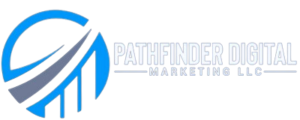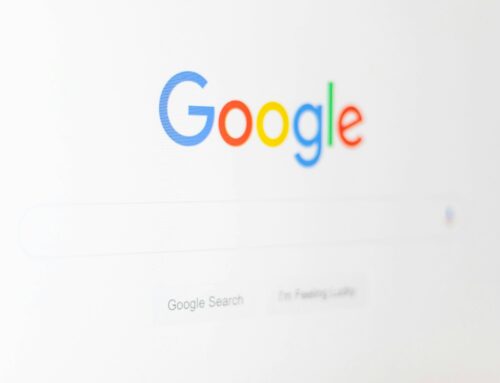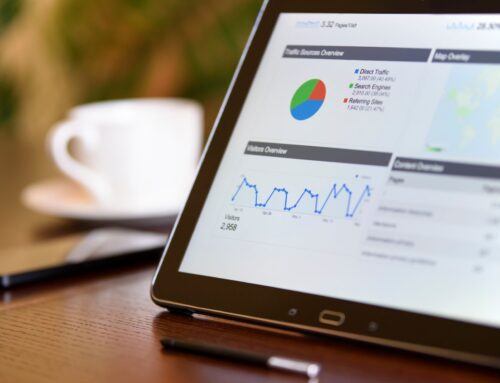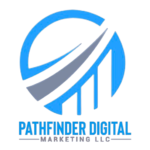Cost-per-click (CPC) advertising is a popular advertising model where advertisers pay each time someone clicks on their ad. This method is widely used on platforms like Google Ads, Facebook Ads, and LinkedIn Ads. It’s a way for businesses to drive traffic to their websites and increase visibility. But understanding the real cost of CPC advertising can be tricky.
The amount you pay per click can vary widely based on several factors. These include the keywords you choose, the quality of your ads, and the level of competition in your industry. Knowing these factors helps in planning and budgeting your campaigns effectively. It’s essential to recognize how these elements influence your costs to make informed decisions.
With the right strategies, CPC advertising can be an effective tool for your business. By mastering the basics and learning how to optimize your campaigns, you can get more value from your advertising budget. Let’s explore the ins and outs of CPC advertising and discover what you need to know to make it work for you.
Understanding CPC Advertising
Cost-per-click (CPC) advertising is an online advertising model where advertisers pay each time a user clicks on their ad. It’s a straightforward method that allows us to control our advertising budget effectively. CPC ads can appear on search engine results pages, social media platforms, or other websites. The primary goal of CPC advertising is to drive traffic to our website and, subsequently, increase conversions.
One major advantage of CPC advertising is that we only pay when someone shows genuine interest in our ad by clicking on it. This is different from cost-per-impression (CPM) models where we pay for every thousand times our ad is shown, regardless of engagement. With CPC, we can get more value from our budget by paying only for actual user interaction.
Another benefit is the ability to target specific audiences. We can choose who sees our ads based on factors like keywords, demographics, and past behaviors. This targeting helps ensure that our ads reach the right people, increasing the chances of attracting potential customers. Understanding how CPC works and the benefits it offers is the first step to running effective ad campaigns.
Factors That Influence CPC Costs
The cost of your CPC advertising can vary based on several factors. One of the most important factors is the keyword selection. High-demand keywords with lots of competition will generally cost more per click. Conversely, targeting niche keywords can help lower costs. It’s essential to balance the popularity of a keyword with its relevance to our business.
Another critical factor is the quality score of our ads. Search engines and ad platforms determine this score based on the relevance and quality of the ad content, the click-through rate, and the user experience on the landing page. Higher quality scores can lead to lower costs per click, as platforms reward well-performing ads with lower prices.
The time of day and geographic location also play a role in CPC costs. During peak times, when more people are online, demand for ad space increases, which can drive up costs. Similarly, targeting ads in competitive regions may be more expensive than less saturated areas.
Bidding strategy is another factor that influences costs. Automated bidding can help manage costs by adjusting bids based on the likelihood of clicks or conversions. Manual bidding allows us to set our maximum CPC, giving more control over expenses but requiring more active management. Understanding these factors can help us budget effectively and make informed decisions about our CPC campaigns.
Pros and Cons of CPC Advertising
CPC advertising has its strengths and weaknesses. Understanding both can help us make the most informed decisions for our campaigns. Here are some pros and cons to consider:
Pros:
- Cost Control: With CPC, we only pay when someone clicks on our ad. This feature helps us control our costs and ensures that our budget is focused on active user engagement.
- Targeted Reach: CPC allows us to target specific audiences. We can tailor our ads to reach the right people based on keywords, demographics, and behaviors.
- Measurable Results: This model provides clear metrics. We can easily track clicks, impressions, and conversions, giving us a clear picture of our campaign’s success.
Cons:
- Cost Variability: The cost per click can vary significantly. High-demand keywords and competitive industries can lead to higher expenses.
- Constant Management: To get the best results, CPC campaigns require constant monitoring and adjustment. This can be time-consuming and may require specialized knowledge.
- Click Fraud: There is a risk of click fraud, where competitors or bots click on ads to drain your budget. It is essential to use tools to detect and prevent this issue.
How to Optimize Your CPC Campaigns
Optimizing CPC campaigns is vital for maximizing results and managing costs effectively. Here are some strategies to consider:
- Select the Right Keywords: Use tools to find relevant keywords with a balance of high search volume and low competition. Regularly update and refine your keyword list to stay relevant.
- Improve Ad Quality: Ensure your ad copy is engaging and relevant. Use strong headlines and call-to-action phrases. A higher quality score can lower your cost per click.
- Use Negative Keywords: Add negative keywords to exclude irrelevant searches. This step ensures your ads focus on the right audience and avoid wasting money on clicks that won’t convert.
- Optimize Landing Pages: Make sure your landing pages are user-friendly and relevant to the ad. A good landing page can improve your conversion rate and enhance the user experience.
- Adjust Bids and Budgets: Regularly review and adjust your bids. Increase bids for high-performing keywords and decrease them for low-performing ones. Manage your budget effectively to get the best results.
Conclusion
Understanding the real cost of CPC advertising involves more than just knowing how much you pay per click. It requires a clear strategy, continuous optimization, and careful budget management. By evaluating the pros and cons and employing effective optimization techniques, we can make the most of our CPC campaigns and achieve our marketing goals.
For expert guidance in optimizing your CPC advertising, contact Pathfinder Digital Marketing. We specialize in crafting well-targeted and cost-effective ad campaigns to help you maximize your advertising budget. Reach out to us today to get started on improving your CPC campaigns. For marketing for small businesses, contact us today.






